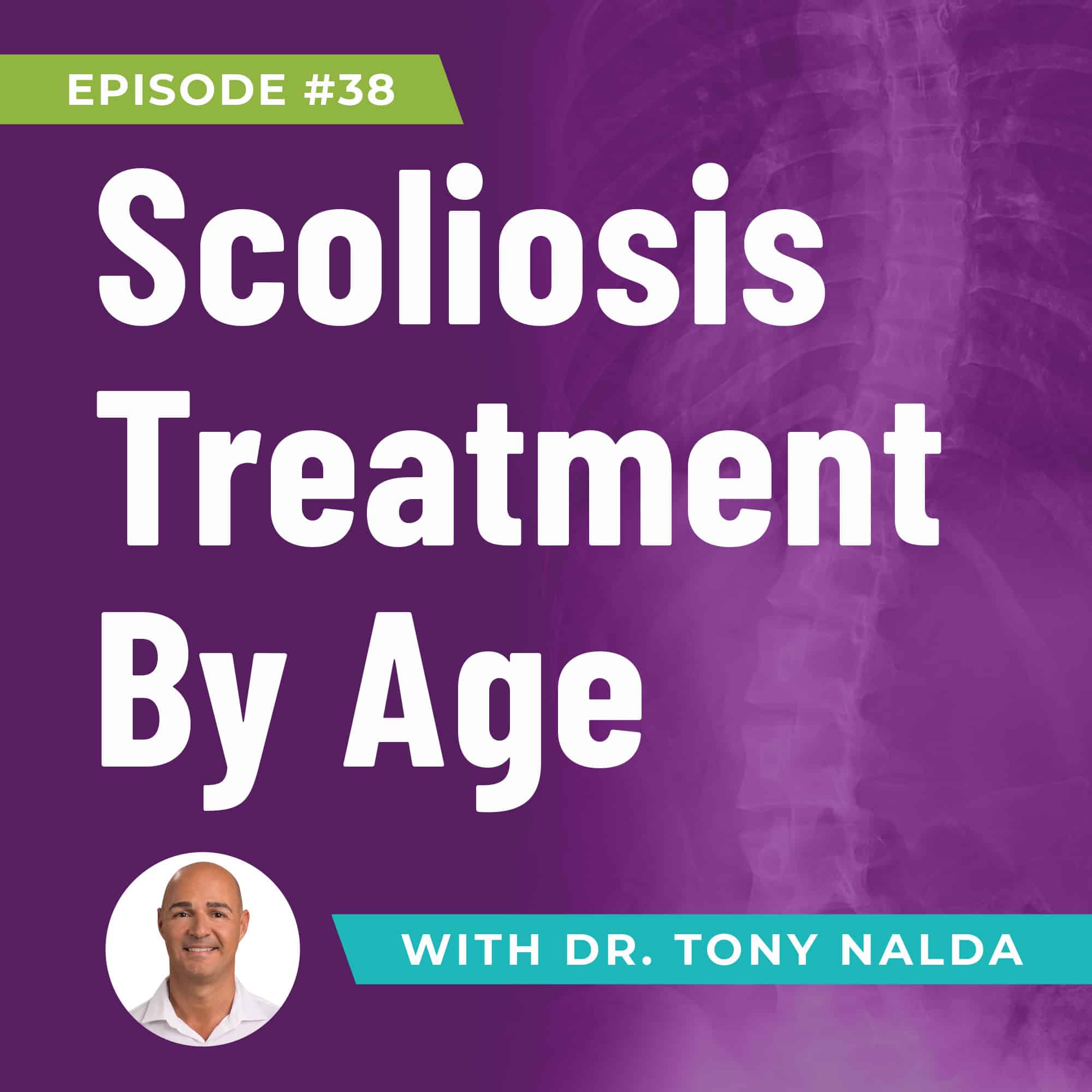Episode 38: Scoliosis Treatment by Age
When it comes to the categorization of Scoliosis, the first category is by age of the patient.
You have to really consider the age of the patient when you consider what kind of treatment options you're going to provide for a patient. And we know there's some common goal:
- First goal is to reduce Scoliosis.
- Two is to prevent any further progression
We want to improve function and reduce pain and of course, we want long-term stabilization because we know Scoliosis can progress slowly as an adult. Once curves break 25 degrees, the likelihood of Scoliosis will progress without treatment is very high, no matter what stage of life you're in.
- Adolescent
- Juvenile
- Young Adult
- Older Adult
We have to start dealing with how we want to treat and reduce these curves once we start breaking 25 degrees because we know more than likely curve progression is going to happen.
Let’s talk about Infantile Scoliosis.
Infantile Scoliosis has its own unique challenges because you're dealing with somebody who can't perform any type of exercise on their own. So we only have really 2 modes of treatment at this point:
- Scoliosis Specific Therapy, meaning therapy that's passively induced into the spine to help make the spine more flexible so it can help respond to the second treatment that we want to use which is
- Scoliosis Bracing, normally it's going to be corrective bracing in an Infantile case.
In an infantile case, one of Dr. Tony Nalda’s requirements is to see a reduction in Scoliosis. He wants the curve to reduce significantly so he can beat the next 10 or 12 or 15 years and it could be that the curve has a risk of progression.
Dr. Tony Nalda also discusses the treatment he recommends for the other groups which are Juvenile, Adolescents, and Adults with Scoliosis.
For more information, please check out Dr. Tony Nalda’s Podcast.
Artlist.io 847544
Podcast: Play in new window | Download
Subscribe: RSS
Dr. Tony Nalda
DOCTOR OF CHIROPRACTIC
After receiving an undergraduate degree in psychology and his Doctorate of Chiropractic from Life University, Dr. Nalda settled in Celebration, Florida and proceeded to build one of Central Florida’s most successful chiropractic clinics.
His experience with patients suffering from scoliosis, and the confusion and frustration they faced, led him to seek a specialty in scoliosis care. In 2006 he completed his Intensive Care Certification from CLEAR Institute, a leading scoliosis educational and certification center.
About Dr. Tony Nalda
 Ready to explore scoliosis treatment? Contact Us Now
Ready to explore scoliosis treatment? Contact Us Now








